HIStalk Interviews Ted Reynolds, SVP, CTG Health Solutions
Ted Reynolds is senior vice-president of CTG and is responsible for CTG Health Solutions.

Tell me about yourself and the company.
I’ve been in healthcare since the 1970s. My first go-round was in June 1979. I started off working for a hospital, the last of which was Stanford, and worked for a couple of vendors. Then I went to the dark side and went to consulting.
CTG is a long-established firm, having been around 48 years. I lead the healthcare division, which includes payers and providers. We’re one of what KLAS used to call Tier 1 firms. We provide a full breadth of services — advisory, planning, implementations, technical services, and application management. People know us a lot for legacy support since we do as much of that as anybody in the country.
CIOs are getting pulled in a lot of directions. What are they focusing on most?
Oh, boy, they’re getting pulled in all directions. A lot of them have been chasing Meaningful Use dollars trying to get EMRs implemented. But in the future, it’s going to be very confusing as people start to transition from volume- to value-based payments, whether you call it an ACO or population health or whatever. Those are going to be very complex. It’s going to change the paradigm to where you’re going to be reimbursed for not doing work. It’s going to be very interesting to see how they evolve. I think it’s going to be difficult for them.
What projects are requiring people to call you for help?
Because we work on the payer side, we help a lot of organizations as they move into the ACO world. We’ve been helping a lot of them set up patient-centered medical homes. We’ve been doing planning for that — getting tied into the physicians, helping them do evaluations of systems they should look at. We’ve worked for some of the payers in looking at what they need to do to help them manage the populations.
This is kind of like HMOs II. In the early 1990s, it didn’t work very well. A lot of them, candidly, really didn’t have the data. Most of them were trying to manage their populations using claims data. That’s like trying to drive a car looking in your rear-view mirror because the data is two months old. Now with EMRs, I think they will have more success.
But there were still some early successes back then. Kaiser and some of the large group models actually succeeded and survived, but a lot of them did fail because they couldn’t manage the risk. I’m hoping that we can see something that will drive the cost down. That’s going to be a lot of the challenges we’re seeing with the groups.
A lot of the hospitals and large physician groups are looking are mergers and acquisitions. Who do you play with, how big do you need to be to absorb a risk. Because if you start going in some sort of capitated risk arrangement, you’ve got to have a pretty large financial base to survive.
Interoperability isn’t just a technology problem because hospitals don’t have much incentive to share risk with competitors. What are they telling you about their desire to exchange information with other health systems?
You hit the nail right on the head. A lot of them are competitors and they do not want to share their information. I don’t want to make it easier for you to steal my patients from me.
But I think you’re starting to see more and more of that break down as we go forward. If they go with some sort of at risk where they share any risk for a population, they’re going to have to share their information. I think that’s going to break down the barriers. That’s what we’re seeing. It is a technology issue, but also there’s a lot of issues I think socially we’ve got to understand and get over.
For example, in the United States, nobody wants you to know anything about them until they’re unconscious on the ER table. Then they want you to know all the information. Maybe it’s too late then. Whereas you’re seeing in Europe things like national patient identifiers. We’re not willing to step up and do that yet from a political perspective. It’s quite interesting.
I spent a third of last year over in Europe. They have big advantages. Most of them have a single-payer system, socialized medicine. I’m not sure that’s the way we need to go over here. I’m not sure that would be the solution.
But what they’ve done is that everybody has a national health identifier. They have issues with some certain percentage of the population like we do with immigrants, but they’ve addressed that. If you look in some of the northern parts like Denmark, some of them have a national patient identifier. They have national patient portals so they can look at the information. They have a national registry that has all the drugs, all the hospital visits, all the physician visits. They can inquire into those. The technology is not very conducive to use because it’s not one integrated system, but at least they do have access to it.
Some of them legislated that all the primary care had to implement an EMR about six years ago now. Because of that, they have a lot of information. Most of the care both here and there is provided in an ambulatory setting. That’s where you’re missing a lot of the information. Same thing here in the states. Hospital EMR implementation is further along than the physician offices, but it’s getting there very quickly.
Are providers here supporting the idea of empowering patients or are they resisting it?
They are moving to where more and more of them are encouraging it. But if you look at healthcare, it compares to the banking industry. In some ways, we’re back years and years ago when the banking industry started rolling out ATMs.The local banks could not afford to roll out an ATM network, so you started with the regionals buying out the local banks and then the nationals started buying out the regionals. This is very analogous. You wouldn’t go to a bank today where you didn’t have electronic banking or an ATM.
In the future, I think you’re going to see the same thing with what patients are going to expect. You’re going to expect to see your lab results within a day or two by the time you get home. You can schedule your appointments online. You can pay your bills. You can do your medication refills. Why wouldn’t you?
I’ve seen our employees and my previous employees switch which providers and hospitals they’re going to based on who had the patient portals. You’ll see that that’s going to put a lot of pressure. Regardless of what happens with the political situation, patients as consumers are going to expect that, especially the newer population. You have it with banking, which is a lot less complex. Why wouldn’t you have it with your healthcare? We’re starting to see that pressure. Some of the providers aren’t pushing as fast, but in some of the large metropolitan areas, this is already happening, where they have large EMRs already installed.
After the Sony Pictures breach, are you getting a lot of security-related inquiries from hospitals trying to figure out how to make themselves more secure?
Yes, we are. Not as much as I would expect, though.
How do you think cybersecurity fits into all the other things that are on the CIO’s plate today?
It’s a huge risk. The question is, is how much effort and cost do you put into it to prevent it? You see some organizations where it’s getting to become a larger part of their budget to actually try to put all the prevention in.
A lot of it is just the basics. A lot of it is changing human behavior. Some of the breaches that you see is where people download the information on laptop and it gets stolen. You’ve seen it time and time again and that seems to be a lot. It’s just a matter of continuing education. I think it’s not only a technology issue, but it’s also an educational issue throughout the entire organization.
Health systems aren’t only helping each other with consulting, but also hosting systems such as in the Epic Community Connect model. Is that a threat to your business?
We just finished one of the largest region connects that Epic has done last year. They used us to help them install it because it was an hour and a half. They brought up six hospitals very quickly. I think it was 10 months and ten days from the date they signed the contract.
But it was an hour and a half away from their facilities. It’s hard to ask somebody who’s got a family to drive an hour and a half each way. They didn’t sign up for a travel job. They didn’t sign up for consulting. They want to be home with small kids, participating in their family’s activities at night and things like that.
We helped them what that deployment. Very successful. I think you’ll see more and more of that. However, some of them are starting to get teams who will travel and they’re starting to change expectations of some of their employees, too.
You worked for Epic during some of its biggest ramp-up years. What did you learn there?
That was a lot of fun. What I learned and what I always appreciated is that Epic always seemed to have the client’s interests first and foremost. I got to appreciate the integration that they’ve done between the hospital and the physicians. They’ve done quite well as they deploy that model across the country.
I had tried to lead a development effort for that back in the 1980s for a company that McKesson now owns. They saw the integration dream. You’re seeing a rise of a lot of the integrated vendors. Cerner’s doing well, Epic’s doing well, and then probably Meditech. A lot of the other ones are struggling as they’re trying to integrate the packages. You’re seeing that in the market today.
What do the best health system CIOs do that the others don’t?
The ones that are the most successful see IT as an enabler and can help the organization drive value from the system. You try to drive it to where it has a true return on investment. It may be clinical quality, it may be patient safety. But also, you have some quality indicators and you involve the operational organization in trying to drive benefits from the system.
I’ve always been a believer that you don’t put in technology just for technology’s sake. You put it in to try to help improve your business operations. Clinically, financially, attract patients to your facility, one of those. The ones that have engaged the operational organization do the best and they take it out of the framework of being a pure technologist.
Do you have any final thoughts?
HIStalk is one publication I read religiously. It’s timely, it’s accurate, and I really enjoy it. It’s to the point. I love Dr. Jayne — she’s got a very pragmatic approach to things.
I think healthcare is going to change a lot. We’re finally getting automation to the degree to where we really can make a difference. With the advent of genomics, we’re going to see a pretty dramatic change in the next five years over personalized medicine to where you can really, truly provide the best, cost-effective care. A lot of the things we treat today don’t provide the highest quality for the least cost. I think we’ll get there, hopefully very quickly, because now we got the information that we didn’t have before.


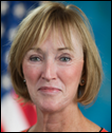




















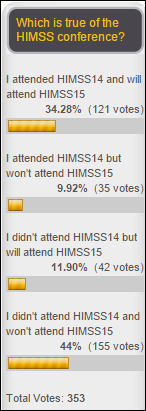

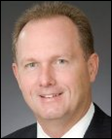
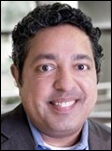
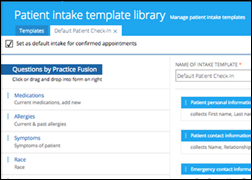
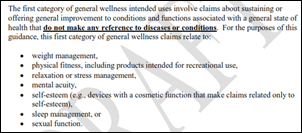


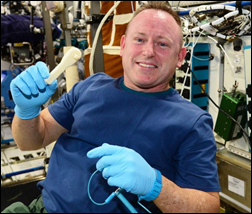


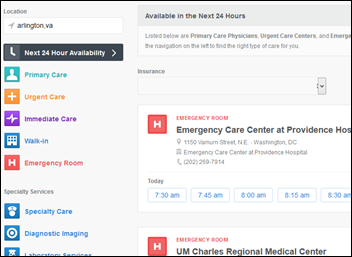




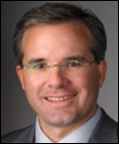
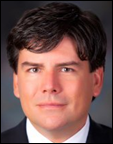
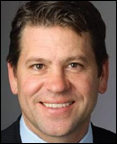
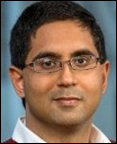
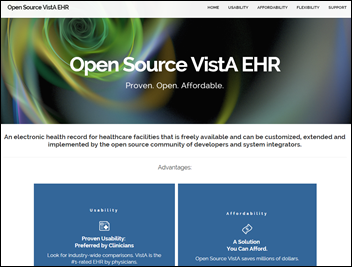
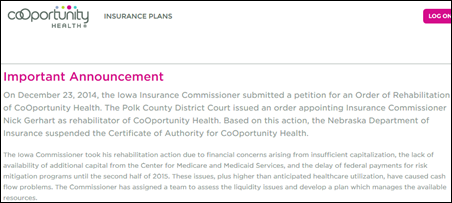
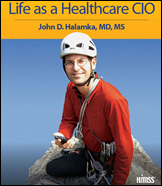


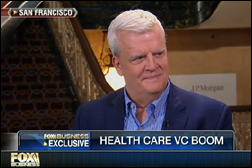



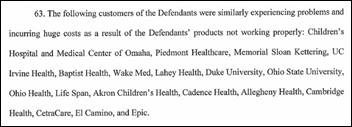



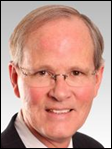
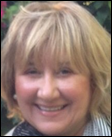
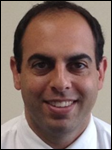


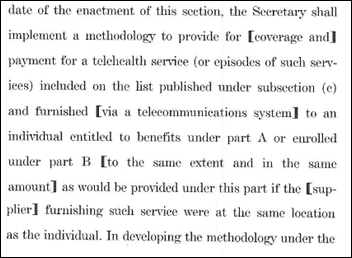

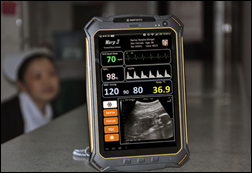

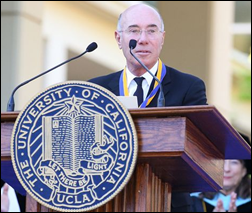

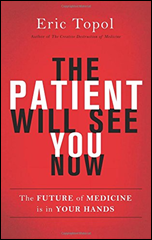

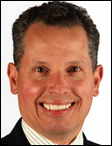
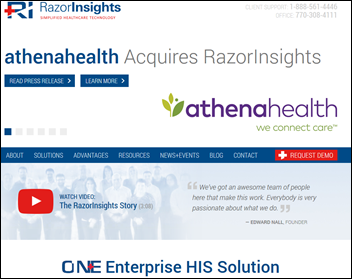
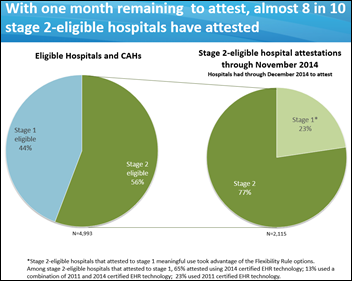
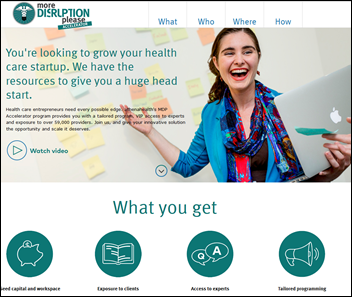
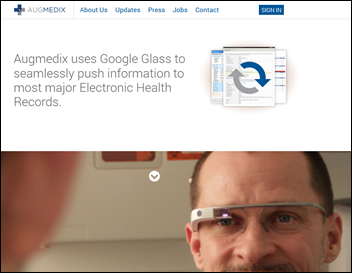
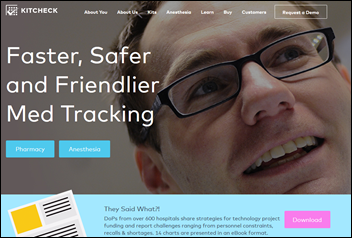
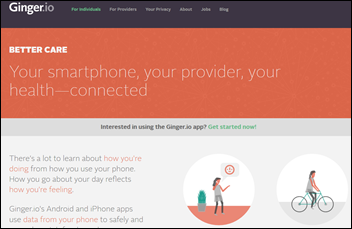
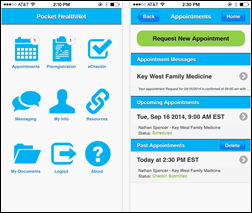
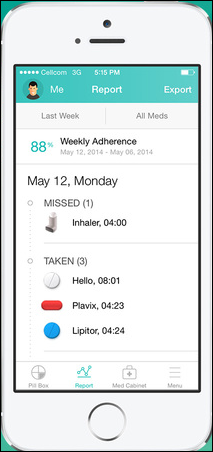

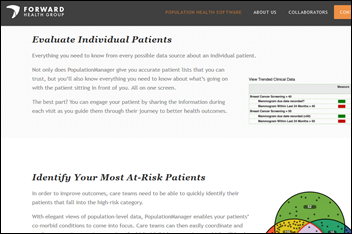

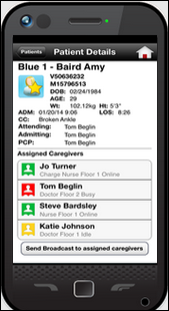
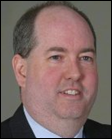

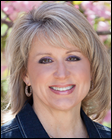


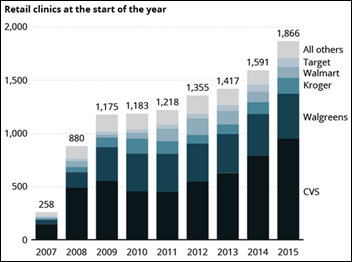

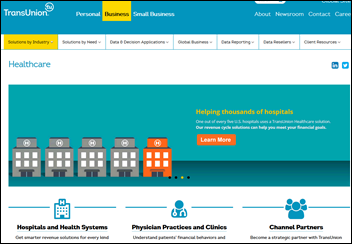



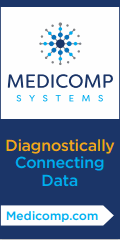
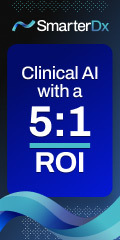


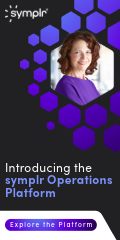

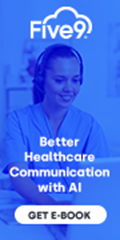
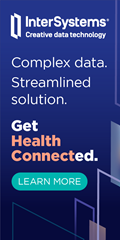





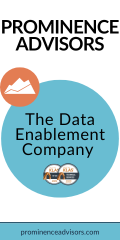
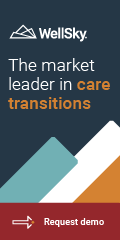
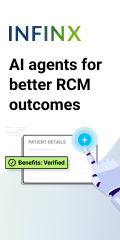

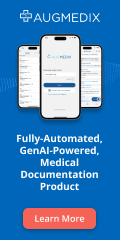
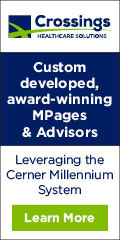

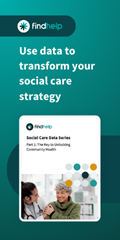
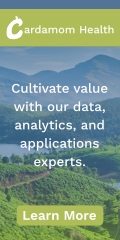
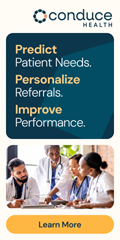
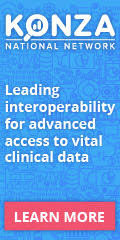
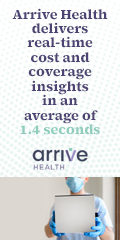
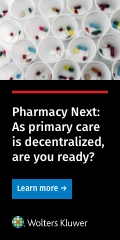
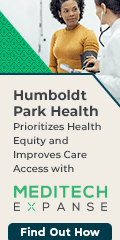

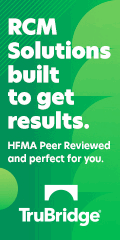
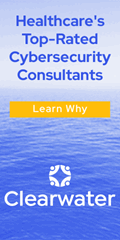

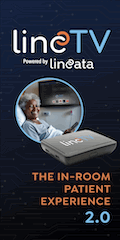
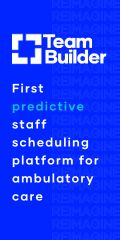

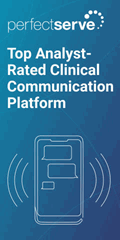
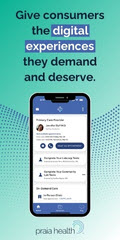

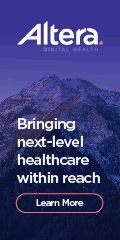
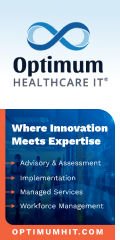

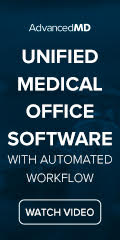

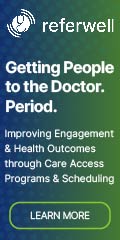
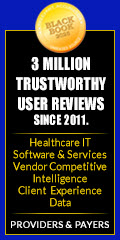

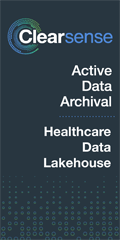
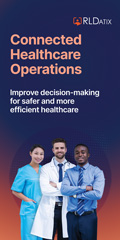
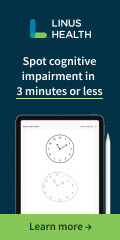


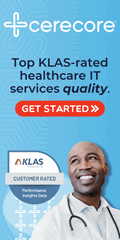



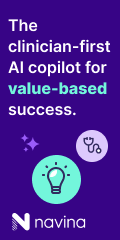








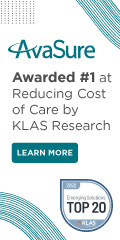
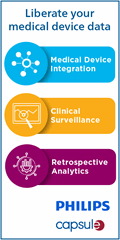

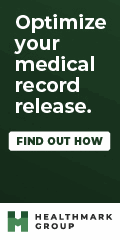

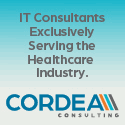
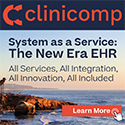




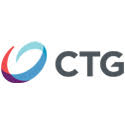

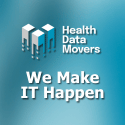
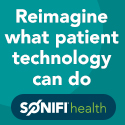
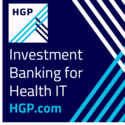


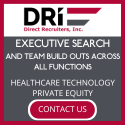
What a refreshing perspective. Your journey is inspiring.